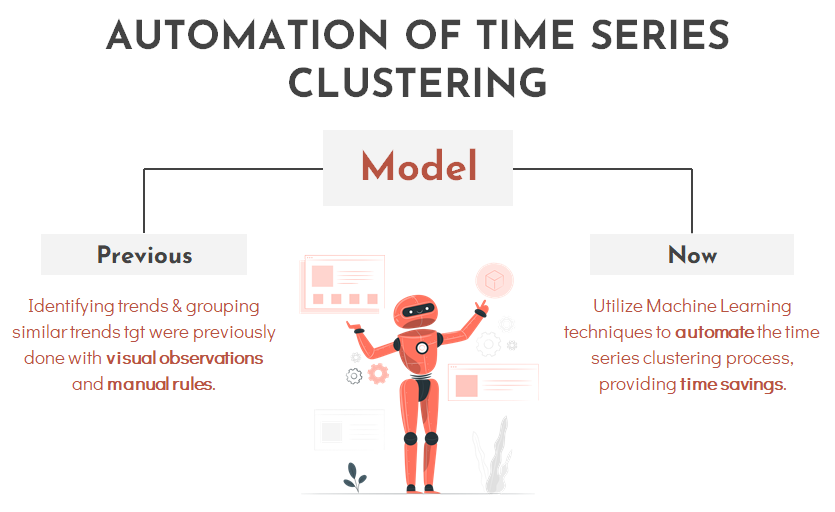Unveiling Patterns: A Comprehensive Guide to Time Series Clustering
By grouping related temporal sequences, time series clustering is a potent approach that can reveal hidden patterns and structures. This technique is very helpful in many fields, including finance, medicine, and climate science, where deciphering the underlying patterns in temporal data can provide important new information and improve decision-making. We explore the fundamentals, strategies, and practical uses of time series clustering in this comprehensive tutorial, giving readers a solid grasp of how to efficiently cluster time series data.
Understanding Time Series Clustering
By organizing time series data into groups according to similarities, a technique known as time series clustering enables analysts to spot recurring patterns, trends, and behaviors in the data. Time series clustering is more complex and nuanced than standard clustering approaches since it handles sequences of data points organized in time, as opposed to static data points.
- Normalization: Use methods like min-max scaling or z-score normalization to make sure all time series have the same scale.
- Resampling: When working with data gathered at various frequencies, align time series to a common time scale.
- Smoothing: Use techniques like exponential smoothing or moving averages to reduce noise.
2. Distance/Similarity Measures:
Selecting a suitable distance or similarity metric is essential for efficient grouping. Several often employed metrics consist of:
- Euclidean distance: is a measure of the length of a straight line connecting two time series. Ideal for time-shifted sequences that are the same length.
- Dynamic Time Warping (DTW): This technique is perfect for time series with shifts or varied lengths since it can handle sequences of different lengths and align them by warping the time axis.
- Correlation-based Measures: Evaluate similarity by determining the direction and intensity of the association between time series through correlation analysis.
- K-means Clustering: A well-liked algorithm that divides data into K clusters according to the data points' average. Due of its non-Euclidean nature, it is ineffective with DTW but effective with Euclidean distance.
- Hierarchical Clustering: constructs a cluster hierarchy either top-down or bottom-up. Compliant with DTW and other distance measurements.
- DBSCAN (Density-Based Spatial Clustering of Applications with Noise): detects groupings of different sizes and shapes and effectively manages noise by identifying clusters based on the density of data points.
- Spectral clustering: This method of clustering is useful for capturing intricate associations since it makes use of the eigenvalues of a similarity matrix.
- Silhouette Score: Indicates how much an item resembles its own cluster in relation to other clusters.
- Davies-Bouldin Index: compares each cluster's average similarity to its most comparable cluster.
- Visual Inspection: To evaluate the quality of the clustering, plot the time series in each cluster.
- Finance: Combining movements of stock prices to spot market trends or divide clients according to their transactional patterns.
- Healthcare: Grouping patient medical records to identify common trends in the course of an illness or its reaction to therapy.
- Climate science is the study of climate zones and extreme weather events through the grouping of weather patterns.
- Retail: Dividing sales data into groups according to product demand patterns or seasonal trends.
- High Dimensionality: Time series data are frequently highly dimensional, requiring a lot of computing power. Techniques for reducing dimensionality like t-SNE and Principal Component Analysis (PCA) can be useful.
- Choice of Distance Measure: It's important to choose the appropriate distance measure. While computationally costly, DTW is robust in the majority of circumstances.
- Scalability: It can be difficult to cluster big datasets. Take into account parallelizing the clustering process or utilizing scalable algorithms such as K-means.
- Interpretability: It's critical to make sure the generated clusters can be understood and used in practical ways. Interpretation can be aided by visualizing clusters and involving domain experts.


Comments
Post a Comment